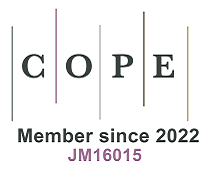fig5

Figure 5. (A) Large area HR-TEM image showing the atomic structure of the selected grain (inset SADE pattern). The two regions denoted with A and B have different local crystallographic orientation (Reproduced with permission from Ref.[86]. Copyright 2019, John Wiley and Sons); (B) The schematic diagram of two-phase interface and the HRTEM of Fe0.10-LNM (Reproduced with permission from Ref.[87]. Copyright 2019, John Wiley and Sons); (C) ABF- and HAADF-STEM images of a P2-type Na0.67Mn0.67Ni0.33-xMgxO2 (x = 0) electrode when charging to 4.22 V at the [010] zone axis; The yellow and red rectangles indicate areas with the P2 and O2 structure; ABF- and HAADF-STEM images of a P2-type Na0.67Mn0.67Ni0.33-xMgxO2 (x = 0.05) electrode when charging to 4.22 V (Reproduced with permission from Ref.[88]. Copyright 2016, John Wiley and Sons); (D) Structural evolution of MNM-x with Mg substitution (Reproduced with permission from Ref.[89]. Copyright 2019, John Wiley and Sons); (E) Schematic illustration of M-NCMMT (Reproduced with permission from Ref.[91]. Copyright 2022, Elsevier); (F) HRTEM image at the phase boundary of NLFMTO. Inset is the corresponding FFT map. Red and blue circles are used to mark the reflection spots for P2 and O3 phases, respectively. The scale bar in the FFT map is










